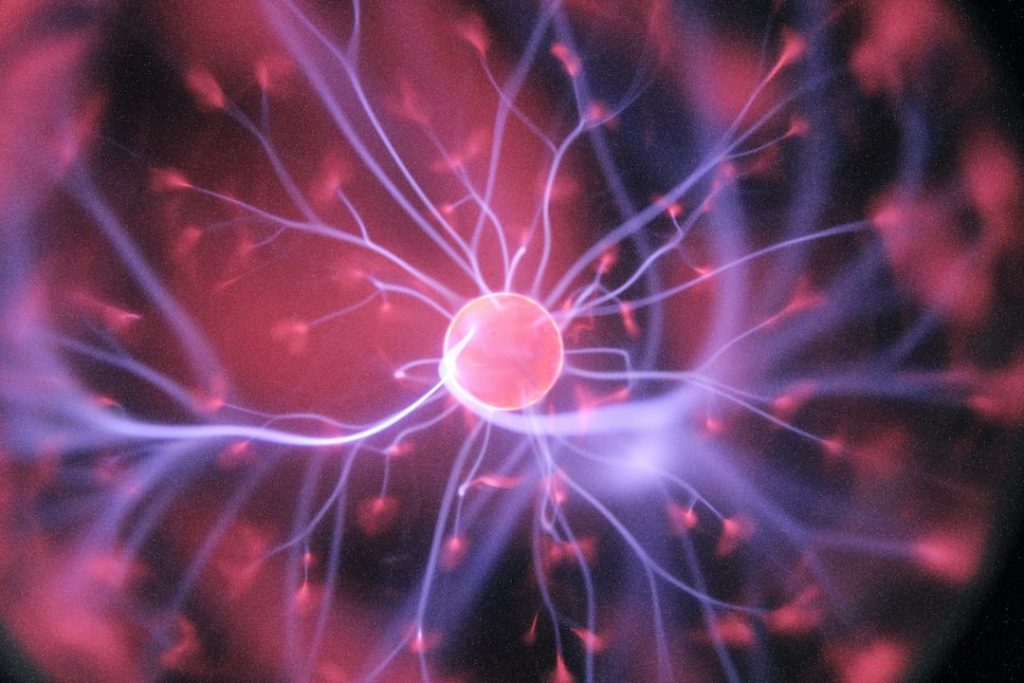20 Landmarks Of Science Jeopardy

Let’s continue with 20 more landmarks of science. I will provide the clues, and you can try to guess the corresponding landmarks:
- Clue: “This British naturalist and geologist is known for his theory of evolution by natural selection, outlined in his book ‘On the Origin of Species.'”
Answer: Who is Charles Darwin? - Clue: “In 1905, Albert Einstein published his theory of special relativity, introducing the famous equation E=mc². This landmark revolutionized our understanding of space, time, and energy.”
Answer: What is the Theory of Special Relativity? - Clue: “The first successful human-powered flight took place on this North Carolina beach in 1903, conducted by these two inventors.”
Answer: What is the Wright Brothers’ First Flight? - Clue: “This is the name of the scientific mission that successfully landed the first humans on the Moon in 1969.”
Answer: What is Apollo 11? - Clue: “This landmark, a collaboration between the United States and European space agencies, landed a probe on a comet in 2014, providing valuable insights into the early solar system.”
Answer: What is the Rosetta Mission? - Clue: “In 1952, Jonas Salk developed the first effective vaccine against this crippling disease, which was a significant breakthrough in public health.”
Answer: What is Polio? - Clue: “This French microbiologist is known as the father of modern microbiology and made significant contributions to the development of vaccines and pasteurization.”
Answer: Who is Louis Pasteur? - Clue: “This landmark in genetics, led by the Human Genome Project, successfully mapped and sequenced the entire human genome.”
Answer: What is the Human Genome Project? - Clue: “The discovery of these X-ray images by Wilhelm Röntgen in 1895 revolutionized medical imaging and diagnostics.”
Answer: What are X-rays? - Clue: “This Swiss scientist is credited with discovering the principles of classical mechanics, including the laws of motion.”
Answer: Who is Isaac Newton? - Clue: “This landmark, located in CERN, Switzerland, confirmed the existence of the Higgs boson, a crucial step in understanding particle physics.”
Answer: What is the Large Hadron Collider (LHC)? - Clue: “This observatory, launched by NASA in 1990, has provided stunning images and insights into the universe, especially with regards to black holes and other celestial phenomena.”
Answer: What is the Chandra X-ray Observatory? - Clue: “This French chemist is known for his pioneering work in the field of microbiology, including the development of vaccines for anthrax and rabies.”
Answer: Who is Louis Pasteur? - Clue: “This German physicist formulated the theory of general relativity, which explains gravity as the curvature of spacetime.”
Answer: Who is Albert Einstein? - Clue: “In 1928, Alexander Fleming accidentally discovered this antibiotic, revolutionizing the treatment of bacterial infections.”
Answer: What is Penicillin? - Clue: “This English physicist proposed the laws of motion and universal gravitation, shaping classical physics.”
Answer: Who is Sir Isaac Newton? - Clue: “This space telescope, launched by the European Space Agency in 2009, has provided valuable data on exoplanets and the universe’s evolution.”
Answer: What is the Kepler Space Telescope? - Clue: “This groundbreaking paleontologist discovered the first known dinosaur species, igniting the study of dinosaurs.”
Answer: Who is Sir Richard Owen? - Clue: “This landmark experiment conducted in 1928 by Frederick Griffith demonstrated the concept of bacterial transformation and the role of DNA in heredity.”
Answer: What is the Griffith Experiment? - Clue: “This Danish astronomer and mathematician is known for his contributions to heliocentrism and his observations of the planets’ motion.”
Answer: Who is Tycho Brahe?
Well done if you managed to guess the landmarks correctly! These achievements have shaped the course of science and continue to influence our understanding of the world. Keep exploring the fascinating world of science and its many milestones!
